Home>Garden Essentials>When Did George Washington Carver Invented Crop Rotation
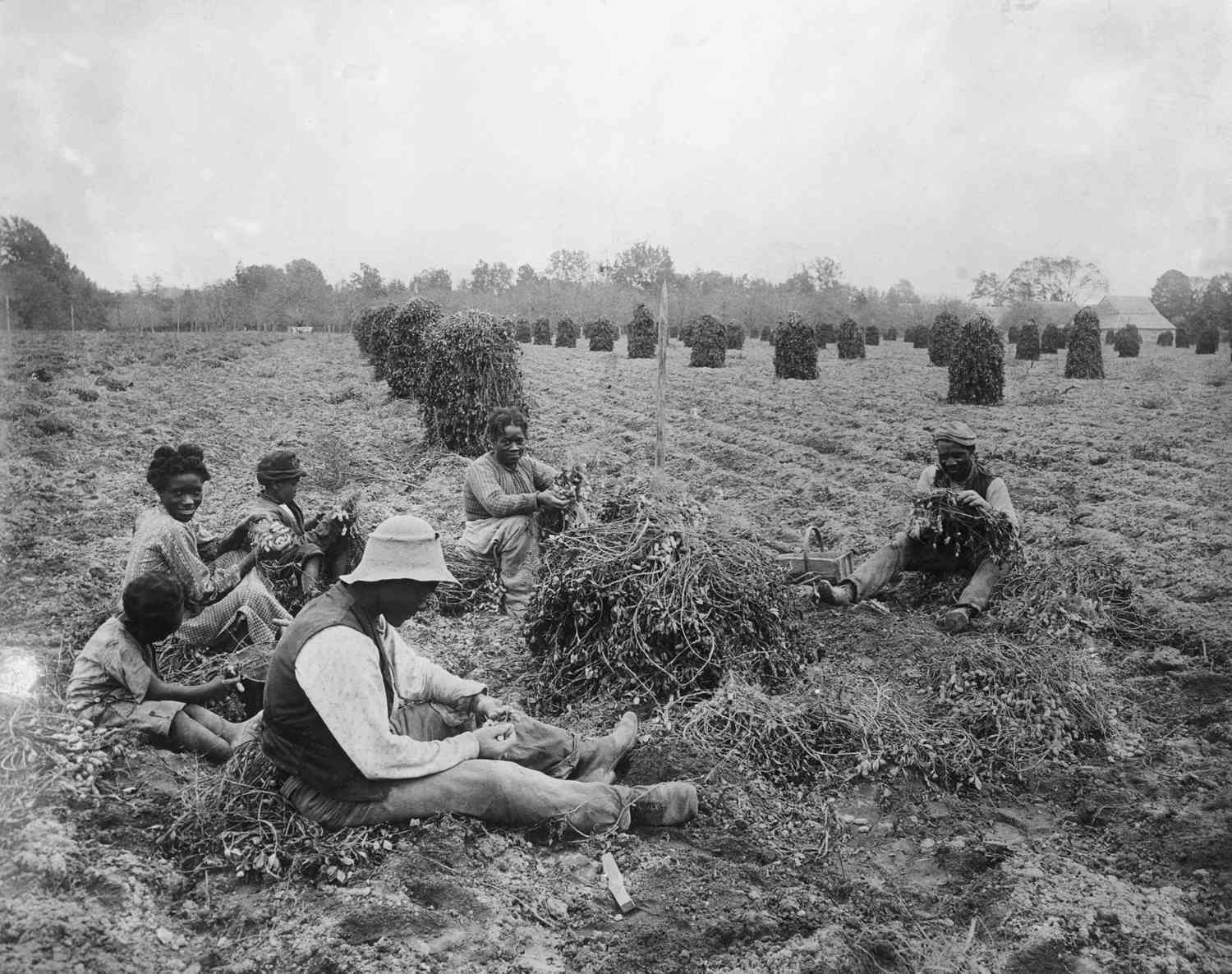

Garden Essentials
When Did George Washington Carver Invented Crop Rotation
Modified: March 16, 2024
Learn about George Washington Carver's invention of crop rotation and its impact on gardening. Discover when he introduced this revolutionary technique that transformed agricultural practices.
(Many of the links in this article redirect to a specific reviewed product. Your purchase of these products through affiliate links helps to generate commission for Storables.com, at no extra cost. Learn more)
Introduction
Welcome to the world of gardening! Whether you are a seasoned gardener or just starting out, understanding the concepts and techniques of gardening is crucial for success. One fundamental practice in gardening is crop rotation, a technique that dates back centuries and plays a vital role in maintaining the health and productivity of our gardens.
In this article, we will explore the fascinating history and significance of crop rotation, with a focus on the contributions of the renowned agricultural scientist, George Washington Carver. Carver revolutionized the field of agriculture with his groundbreaking research and inventions, and his work on crop rotation continues to influence gardeners and farmers to this day.
So, let’s dive in, explore the life of George Washington Carver, and uncover how he transformed the way we approach our gardens!
Key Takeaways:
- George Washington Carver’s innovative research on crop rotation improved soil health, increased crop yields, and reduced the need for chemical inputs, benefiting both farmers and the environment.
- Crop rotation, pioneered by Carver, promotes sustainable farming, preserves soil fertility, and creates resilient agricultural systems, contributing to a healthier and more productive future.
Early Life of George Washington Carver
George Washington Carver was born into slavery in Diamond, Missouri, in the early 1860s. The exact date of his birth is unknown, as official records were not kept for slaves at the time. Carver’s early years were marked by hardship and adversity, but he demonstrated a remarkable curiosity and aptitude for learning from an early age.
After the abolition of slavery, Carver and his mother were able to gain their freedom, though they still faced many challenges as African Americans in the post-Civil War era. Carver’s thirst for knowledge drove him to pursue an education against all odds.
Carver’s interest in plants and nature blossomed during his childhood. He had a deep connection to the natural world and a keen interest in horticulture. He spent countless hours exploring the flora and fauna around him, learning about different plant species and their properties.
With no formal education, Carver was determined to broaden his knowledge. At the age of twelve, he left home to attend a nearby school for African American students. It was there that his passion for learning and love for plants merged, setting the stage for his future accomplishments in agricultural science.
Despite facing discrimination and limited opportunities for higher education, Carver’s exceptional intellect and drive for knowledge earned him a place at Simpson College in Iowa. He excelled in his studies, majoring in botany and agriculture. Carver’s passion for plants and his ability to connect with nature guided him towards a promising future in the field of agricultural science.
The early life of George Washington Carver serves as a testament to the power of determination and resilience. Despite the challenges he faced as an African American in a segregated society, Carver’s love for plants and his thirst for knowledge propelled him forward on his incredible journey.
Education and Early Career
George Washington Carver’s thirst for knowledge and dedication to plant science led him to pursue higher education after graduating from Simpson College. He became the first African American to be admitted into Iowa State Agricultural College (now known as Iowa State University) in 1891.
At Iowa State, Carver studied under renowned botanist and plant scientist Professor Louis Pammel. He conducted groundbreaking research on plant diseases, fungi, and mycology, earning him a reputation as a talented and innovative scientist. Carver’s dedication to his studies was evident, and his work caught the attention of Booker T. Washington, the founder of the Tuskegee Institute in Alabama.
In 1896, Carver accepted an offer to join the faculty of the Tuskegee Institute as the head of the Agriculture Department. This decision would mark a pivotal turning point in Carver’s career, as well as in the history of agricultural science.
At Tuskegee, Carver faced numerous challenges. The school was situated in the poverty-stricken rural South, where many farmers struggled with depleted soil and crop failures. Carver recognized the urgent need to find solutions to these pressing agricultural problems.
Driven by a deep understanding of the importance of soil health, Carver emphasized the significance of crop rotation and soil conservation. He believed that by rotating crops and replenishing the soil with nutrients, farmers could improve crop yield and prevent soil erosion.
Carver dedicated his career to educating farmers on the principles of crop rotation and sustainable farming practices. He conducted extensive research on various crops and their impact on soil fertility. Through his experiments, he demonstrated the benefits of rotating legumes, such as peanuts and soybeans, with staple crops like cotton and corn.
Carver’s innovative approach and expertise in crop rotation caught the attention of farmers and scientists across the country. He became a sought-after speaker and lecturer, sharing his knowledge and promoting sustainable farming practices.
Carver’s early career paved the way for his groundbreaking contributions to agricultural science. His work at Tuskegee Institute laid the foundation for his iconic research on crop rotation, which continues to be a significant practice in modern-day agriculture.
Work at Tuskegee Institute
George Washington Carver dedicated over four decades of his life to the Tuskegee Institute, where he made significant contributions to agricultural science and education. As the head of the Agriculture Department, Carver transformed the institute into a center of excellence for agricultural research and education.
Carver’s work at Tuskegee focused on improving the lives of African American farmers, who were struggling with poverty, soil depletion, and limited access to resources. He believed that education and technological advancements in agriculture were key to uplifting the community and reducing their dependence on cash crops.
Carver worked relentlessly to identify alternative crops to cotton, which had depleted the soil and left farmers vulnerable to economic downturns. He promoted the cultivation of peanuts, sweet potatoes, and soybeans as sustainable and profitable alternatives.
One of Carver’s most significant achievements during his years at Tuskegee was his groundbreaking research on the peanut. He experimented with hundreds of peanut varieties, developing innovative uses for it beyond food. Carver discovered that peanuts could be transformed into products such as peanut butter, cooking oil, ink, cosmetics, and even synthetic rubber.
Carver’s work on the peanut revolutionized the agriculture and manufacturing industries. Not only did it offer farmers a viable cash crop, but it also stimulated the economy by creating new markets and industries.
Carver’s dedication to improving the lives of farmers extended beyond crop research. He focused on teaching sustainable farming techniques, emphasizing the importance of crop rotation, soil conservation, and organic fertilizers. His efforts led to increased soil fertility, reduced erosion, and improved crop yields.
In addition to his work in agriculture, Carver also pioneered research on the use of plants for medicinal purposes. He studied the medicinal properties of various native plants, seeking natural remedies for common ailments.
Carver’s impact on the Tuskegee Institute and the farming community was immeasurable. Through his tireless efforts, he empowered farmers with knowledge and practical solutions, emphasizing the importance of sustainable agriculture and self-sufficiency.
Carver’s work at Tuskegee Institute not only elevated the institution but also revolutionized the field of agricultural science. His dedication and innovative research continue to inspire generations of scientists and farmers, reminding us of the importance of sustainable and holistic approaches to farming.
George Washington Carver did not invent crop rotation, but he promoted its use to improve soil health. He advocated for rotating crops like peanuts and sweet potatoes to replenish nutrients in the soil.
Understanding Crop Rotation
Crop rotation is a farming practice that involves growing different crops in a specific sequence on the same piece of land over a period of time. This technique has been used for centuries and is based on the principle that different crops have different nutrient requirements and interact with the soil in different ways.
The goal of crop rotation is to maintain soil fertility, prevent the build-up of pests and diseases, and improve overall crop yield. By rotating crops, farmers can optimize the use of nutrients in the soil, minimize the risk of soil-borne diseases, and break the life cycles of pests that may target specific crops.
There are several key principles involved in crop rotation. One fundamental aspect is the classification of crops into different categories based on their nutrient needs and growth characteristics. These categories typically include legumes, grains, brassicas, and root crops.
Legumes, such as peas and beans, are known for their ability to fix nitrogen from the atmosphere and transfer it into the soil. When rotated into a field, legumes can replenish nitrogen levels, improving the overall fertility of the soil.
Grains, like corn and wheat, have moderate nutrient requirements and are often planted after legume crops. They benefit from the nitrogen-rich soil left behind by legumes and help prevent nitrogen leaching.
Brassicas, such as cabbage and broccoli, have high nutrient requirements and can deplete the soil of certain nutrients. They are typically rotated after grains or legumes to take advantage of the residual nutrients in the soil.
Root crops, including carrots and potatoes, have different root structures that help break up compacted soil and improve aeration. They are often used in crop rotation to prevent soil compaction and improve overall soil health.
The specific sequence and duration of crop rotation will depend on factors such as climate, soil type, and the specific goals of the farmer. Some common crop rotation sequences include a three-year rotation of legumes, grains, and brassicas or a four-year rotation that also includes root crops.
By implementing crop rotation, farmers can improve soil structure, promote beneficial soil microorganisms, and reduce the reliance on synthetic fertilizers and pesticides. This sustainable farming practice not only benefits the land but also contributes to environmental protection and long-term agricultural viability.
Understanding and implementing crop rotation techniques, as pioneered by George Washington Carver, can help gardeners and farmers achieve healthier and more productive gardens and fields. By harnessing the power of crop rotation, we can ensure the long-term sustainability of our agricultural systems and maintain the health of our soil for future generations.
Read more: Who Invented Crop Rotation?
Contributions to Agricultural Science
George Washington Carver made groundbreaking contributions to the field of agricultural science through his innovative research and inventions. His work revolutionized farming practices and had a profound impact on the agricultural industry.
One of Carver’s most notable contributions was his research on crop rotation and soil conservation. He recognized the importance of maintaining soil fertility and preventing soil erosion. Carver promoted the practice of rotating crops, which involved planting different crops in a specific sequence to optimize nutrient usage, control pests, and improve soil health. This technique significantly increased crop yields and helped farmers sustainably manage their land.
Carver also focused on diversifying crops to provide farmers with alternative sources of income. He conducted extensive research on the peanut and successfully developed innovative uses for it beyond food products. By creating demand for peanuts in industries such as cosmetics, ink, cooking oil, and even synthetic rubber, Carver helped boost the economy and reduce farmers’ reliance on a single cash crop.
Furthermore, Carver was instrumental in promoting sustainable farming practices. He emphasized the use of organic fertilizers, the incorporation of cover crops, and the preservation of natural resources. Carver’s work highlighted the importance of caring for the environment while maximizing productivity.
In addition to his contributions to crop science, Carver also conducted research on the medicinal properties of plants. He explored the potential therapeutic benefits of various plants and sought natural remedies for common ailments. Carver’s work in this area opened up new possibilities for using plants in healthcare and pharmaceutical applications.
Carver’s dedication to agricultural science extended beyond his research and inventions. He was a passionate educator and believed in sharing his knowledge with farmers, students, and the general public. Carver traveled extensively, delivering speeches and lectures on sustainable agriculture, crop rotation, and soil conservation. He emphasized the importance of education and believed that empowering individuals with knowledge was crucial for the advancement of the farming community.
Through his contributions to agricultural science, George Washington Carver transformed the way we approach farming and land management. His emphasis on soil health, crop diversification, and sustainable practices continue to shape modern agriculture. Carver’s innovative research, coupled with his commitment to education, has had a lasting impact on agricultural systems worldwide.
Impact and Legacy of Crop Rotation
The impact of crop rotation on agriculture and the environment cannot be overstated. This sustainable farming practice, championed by agricultural scientist George Washington Carver, has had a profound and lasting legacy.
One of the major benefits of crop rotation is the improvement of soil health and fertility. By planting different crops in a sequence, farmers can optimize nutrient usage and prevent the depletion of specific nutrients. This results in healthier soil that is better able to support plant growth and withstand environmental stressors. Crop rotation also helps reduce the incidence of soil-borne diseases as different crops disrupt the life cycles of pests and pathogens, minimizing their impact on subsequent crops.
Crop rotation is also instrumental in preserving soil structure and preventing erosion. Certain crops, such as deep-rooted plants like legumes and root crops, help break up compacted soil and improve its structure. This allows for better water infiltration and root development, decreasing the likelihood of soil erosion and runoff. The practice of cover cropping, which is often incorporated in crop rotation, further protects the soil by providing ground cover and reducing the impact of wind and water erosion.
Another significant impact of crop rotation is the reduction in the reliance on synthetic fertilizers and pesticides. By diversifying crops and improving soil health, farmers can minimize the need for chemical inputs. This has positive implications for both human health and the environment, as it decreases the presence of harmful substances in our food and reduces the pollution associated with chemical runoff.
Beyond its immediate environmental and agricultural benefits, crop rotation has also had socioeconomic impacts. By encouraging farmers to diversify their crops, it creates new markets and revenue streams. This reduces the vulnerability of farmers to fluctuations in the market and contributes to a more resilient and sustainable agricultural system. Additionally, the knowledge and practice of crop rotation have been passed down through generations, empowering farmers with the skills to maintain the long-term productivity of their land.
The legacy of crop rotation and George Washington Carver’s contributions to agricultural science continue to shape farming practices today. Farmers worldwide have adopted this technique to improve the productivity and sustainability of their operations. Crop rotation has become a fundamental principle in organic farming and sustainable agriculture, aligning with the growing global emphasis on environmental stewardship and regenerative practices.
Furthermore, crop rotation serves as a reminder of the importance of science in agriculture. Carver’s research and teachings emphasized the critical role of understanding the interdependencies between crops, soils, and ecosystems. His legacy encourages scientists and farmers alike to continuously seek innovative and sustainable solutions for feeding the world’s growing population while protecting and preserving our precious natural resources.
Conclusion
George Washington Carver’s contributions to agricultural science, particularly in the realm of crop rotation, have left an indelible mark on the farming community and the field of sustainable agriculture. His groundbreaking research and innovations have revolutionized farming practices, promoting soil health, biodiversity, and long-term sustainability.
Carver’s emphasis on crop rotation as a means to improve soil fertility, prevent soil erosion, and manage pests and diseases has transformed the way we approach agriculture. His work has highlighted the importance of diversifying crops, optimizing nutrient usage, and preserving natural resources. By implementing crop rotation techniques, farmers can continue to reap the benefits of increased crop yields, reduced reliance on chemical inputs, and improved environmental stewardship.
The impact of crop rotation extends beyond the field of agriculture. Carver’s teachings and his commitment to education have empowered farmers, students, and scientists with the knowledge and tools to create a more sustainable and resilient food system. Carver’s legacy serves as a reminder that scientific research and innovation can drive positive change and create a more equitable and sustainable society.
As we continue to face the challenges of a growing global population and climate change, the principles of crop rotation championed by George Washington Carver become increasingly relevant. By embracing sustainable practices, such as crop rotation, we can contribute to the preservation of our environment, the protection of biodiversity, and the cultivation of healthy and nutritious food.
So, as you embark on your gardening journey or explore the world of sustainable agriculture, remember the valuable lessons imparted by George Washington Carver. Incorporating crop rotation techniques into your gardening practices can not only enhance the health and productivity of your plants but also contribute to the larger goal of building a more sustainable and resilient future.
Become a steward of the soil, a guardian of biodiversity, and a champion of sustainable farming practices. The legacy of George Washington Carver and crop rotation awaits you, ready to transform your garden and make a positive impact on the world!
Frequently Asked Questions about When Did George Washington Carver Invented Crop Rotation
Was this page helpful?
At Storables.com, we guarantee accurate and reliable information. Our content, validated by Expert Board Contributors, is crafted following stringent Editorial Policies. We're committed to providing you with well-researched, expert-backed insights for all your informational needs.
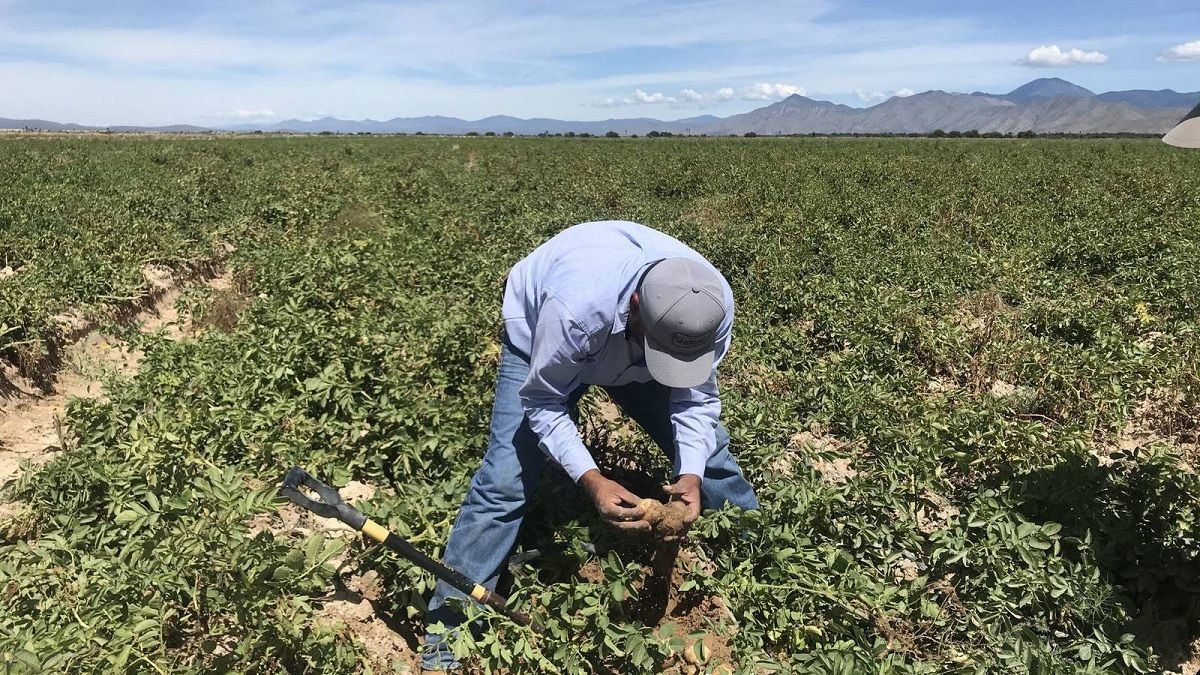
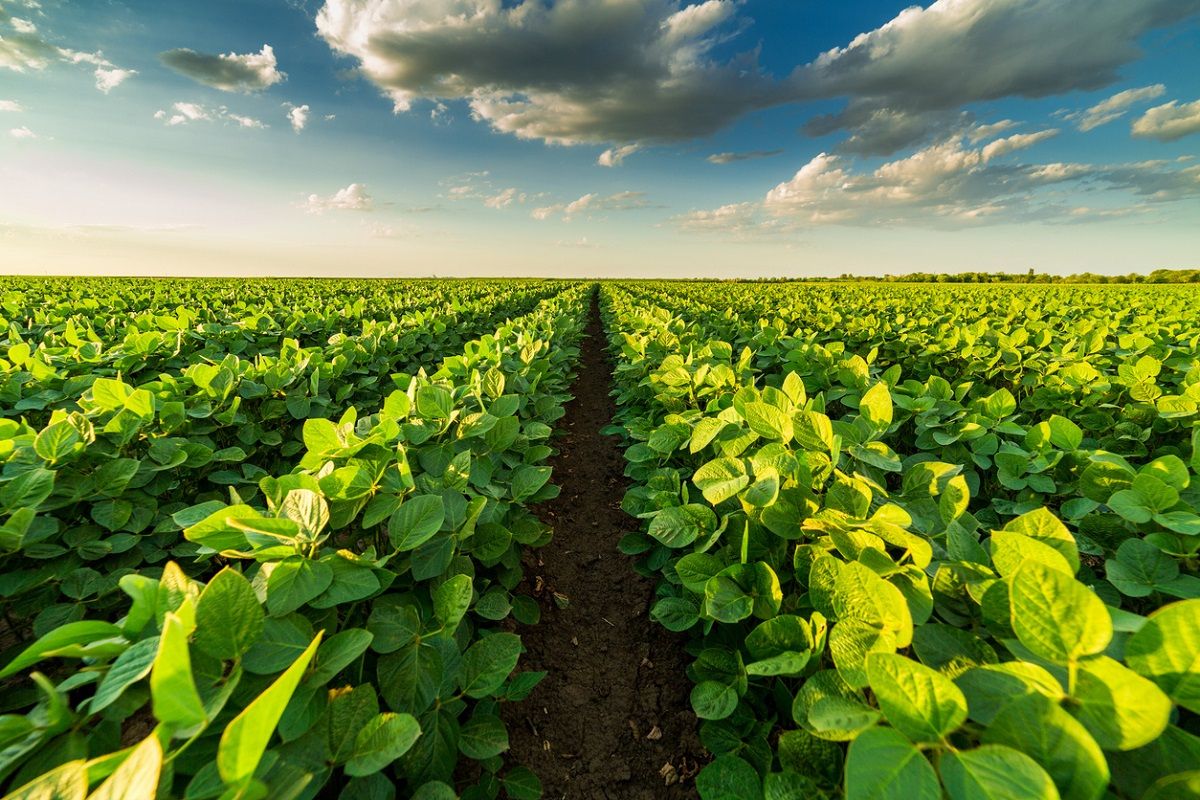
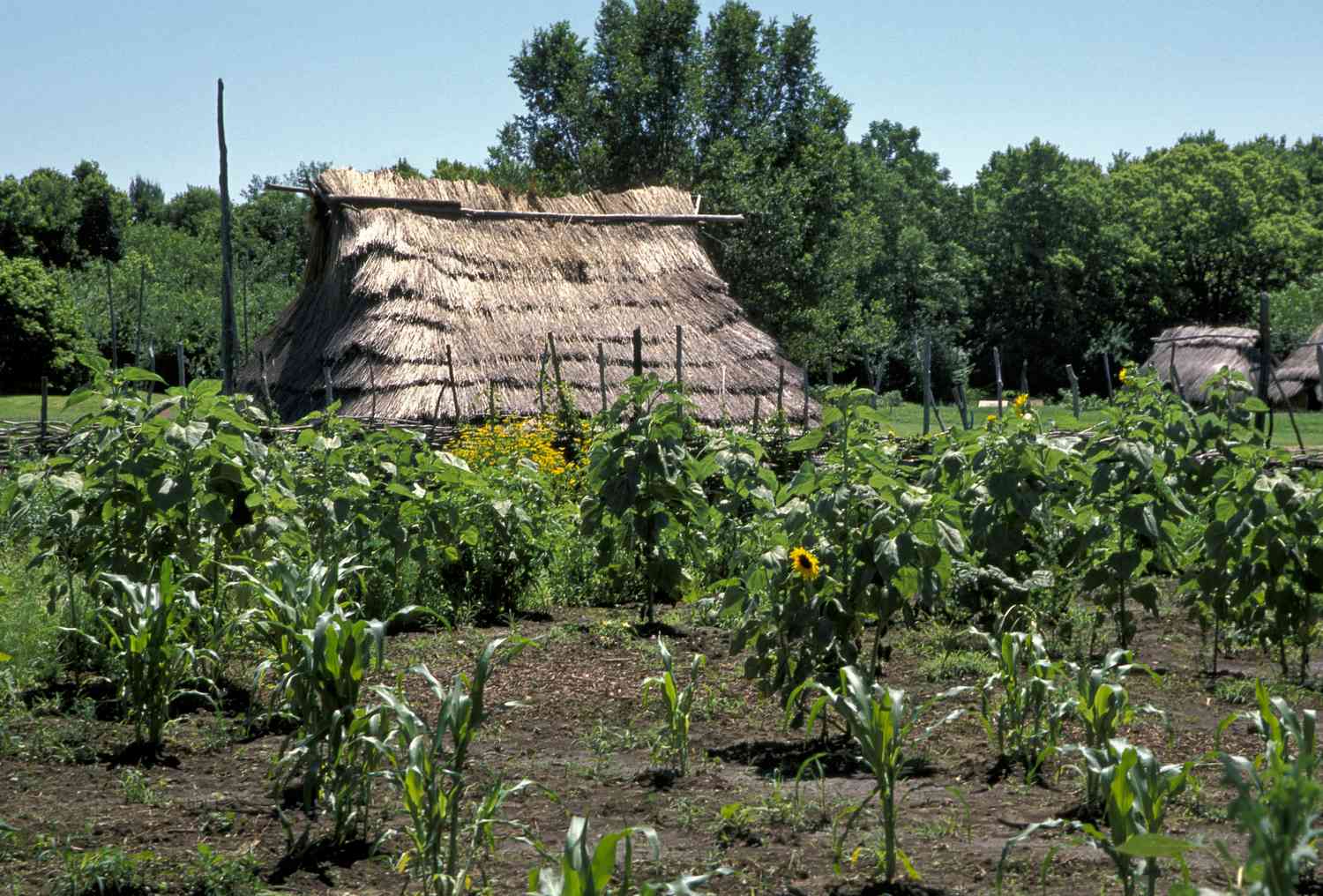
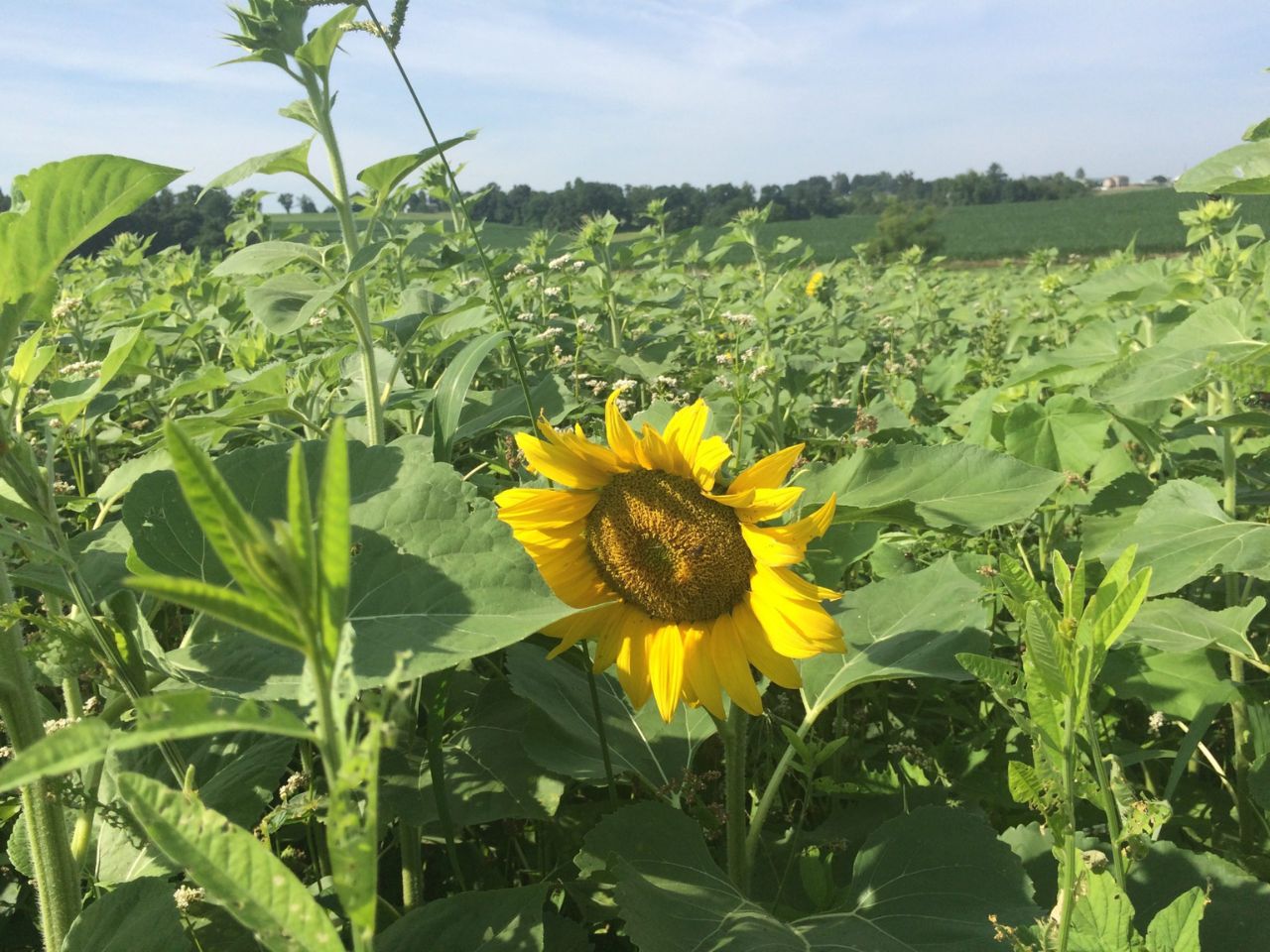
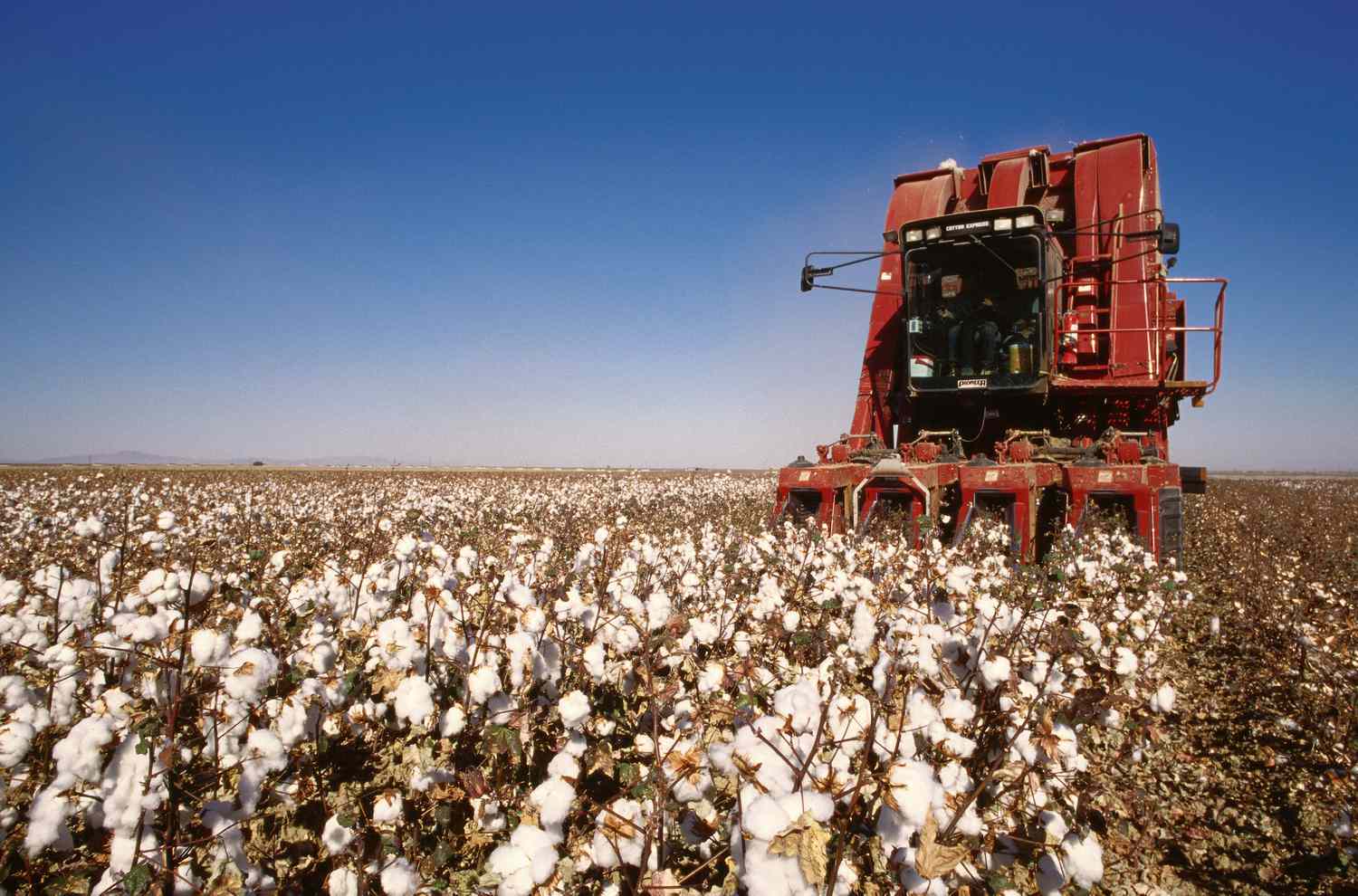
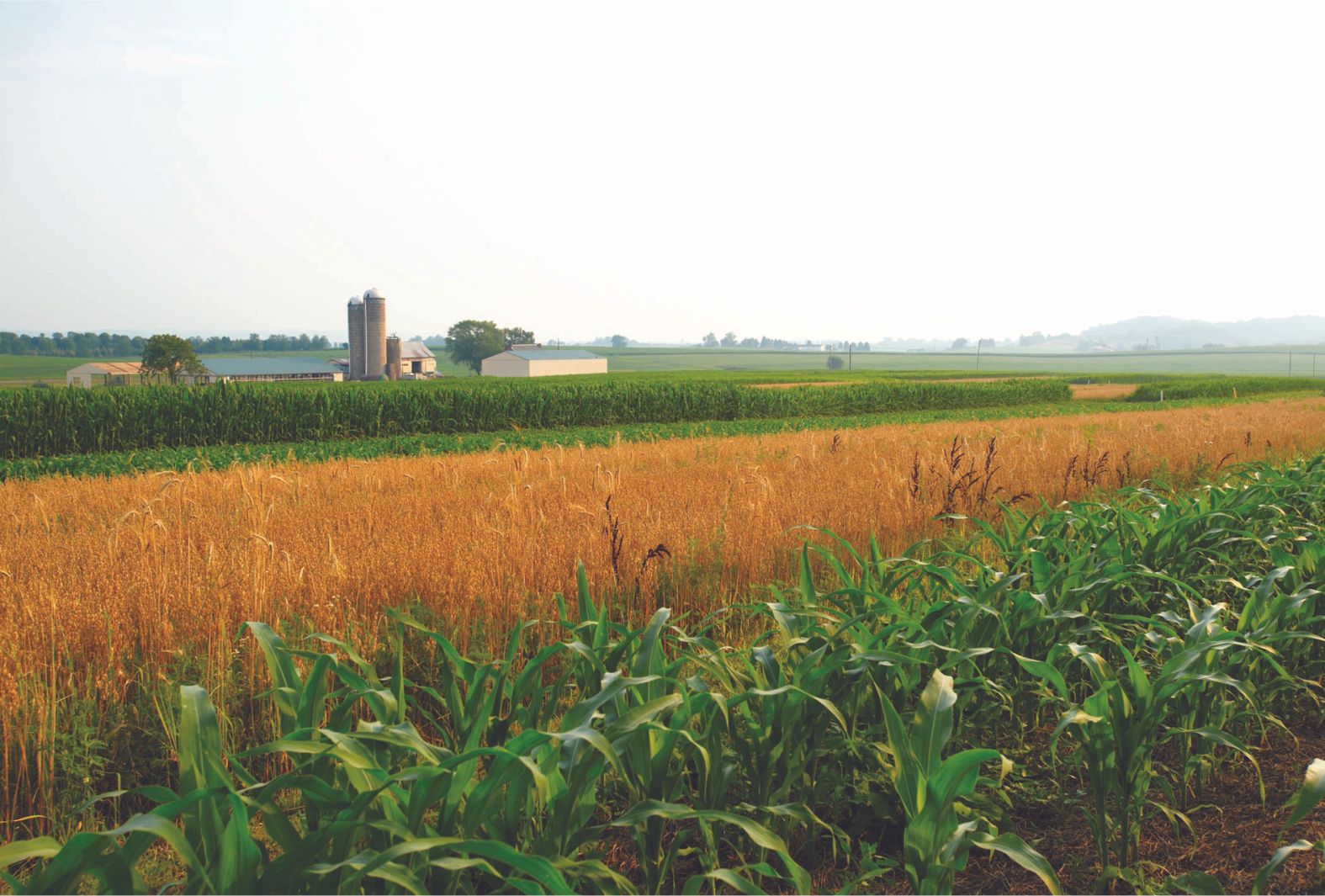
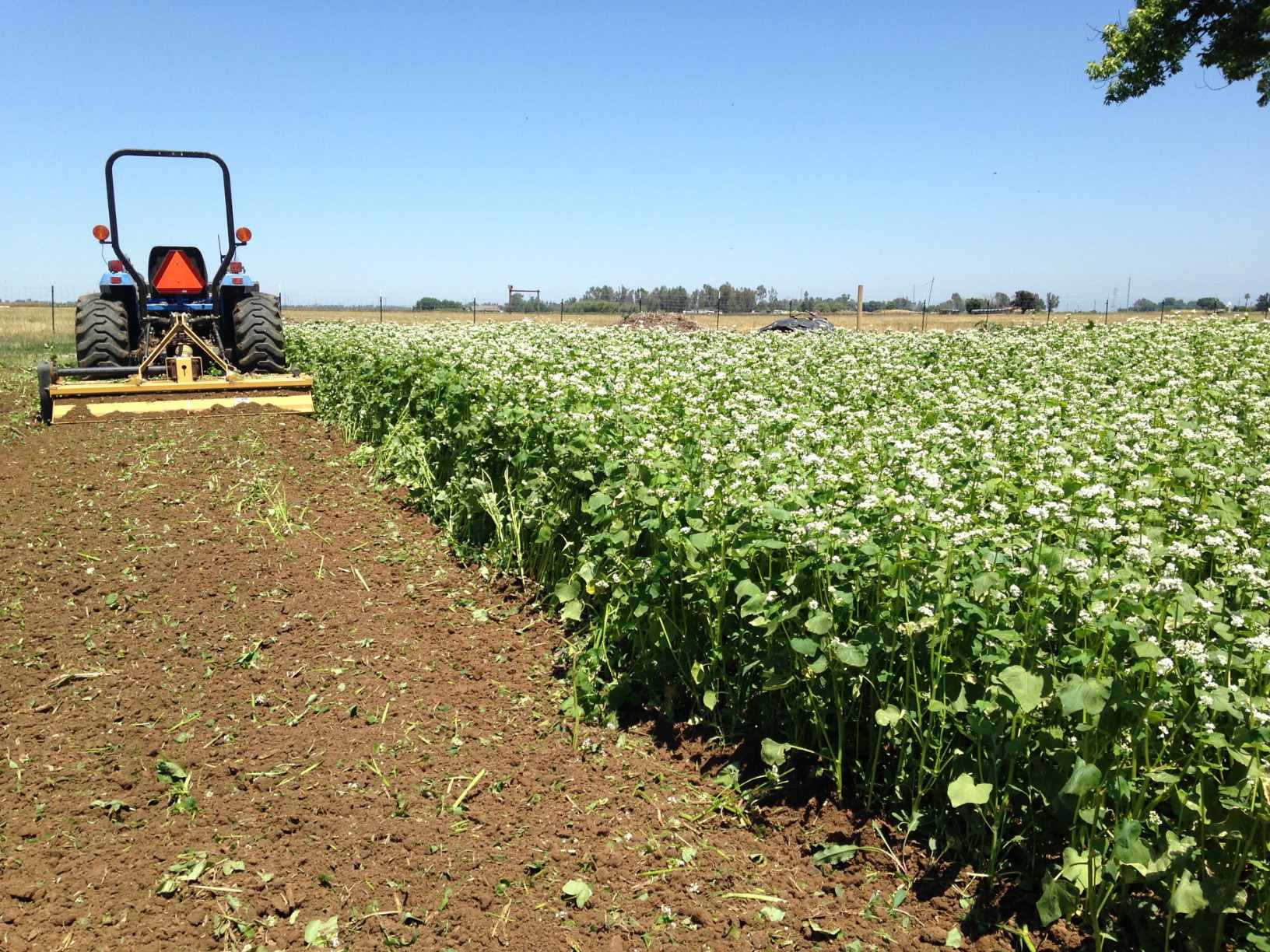
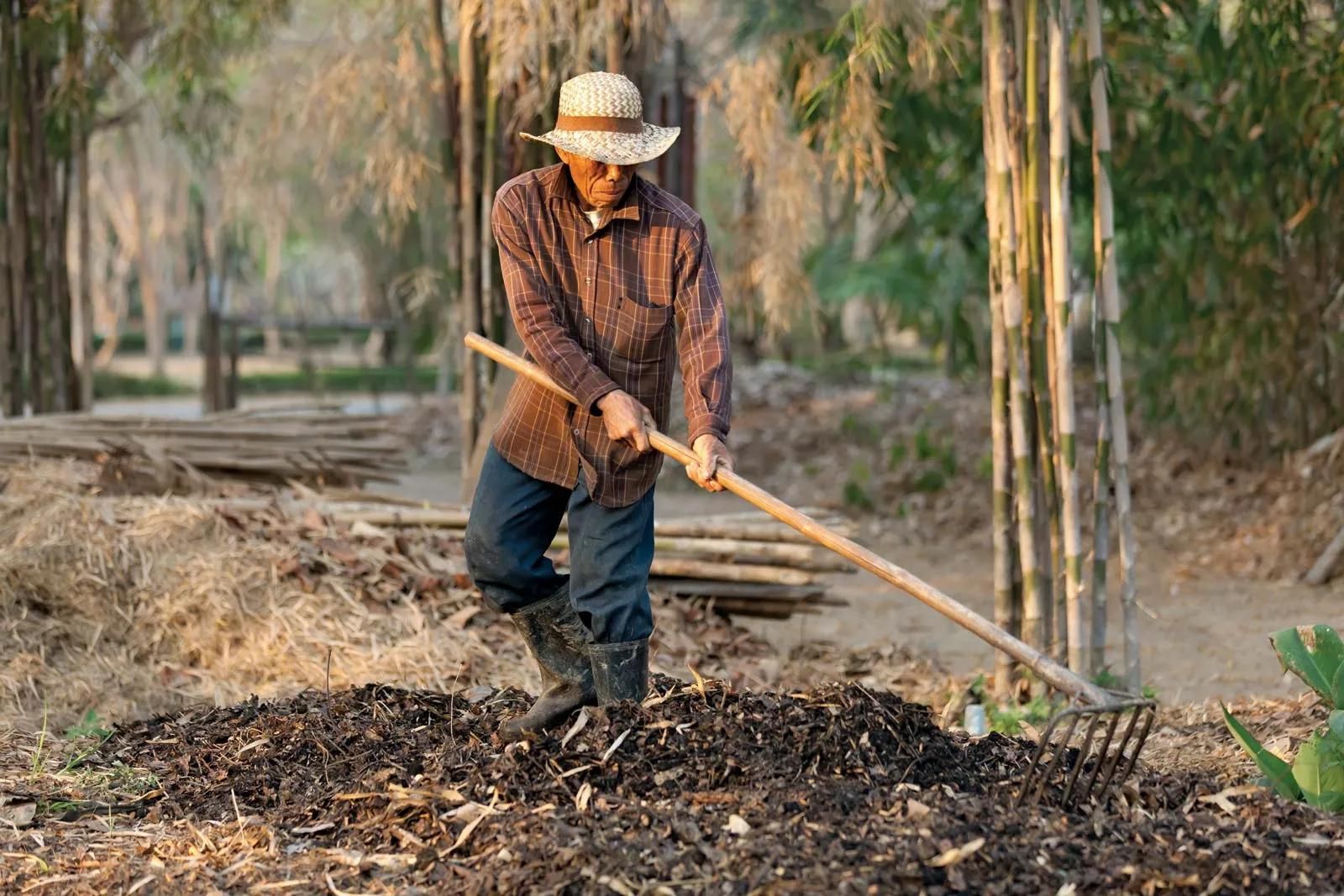
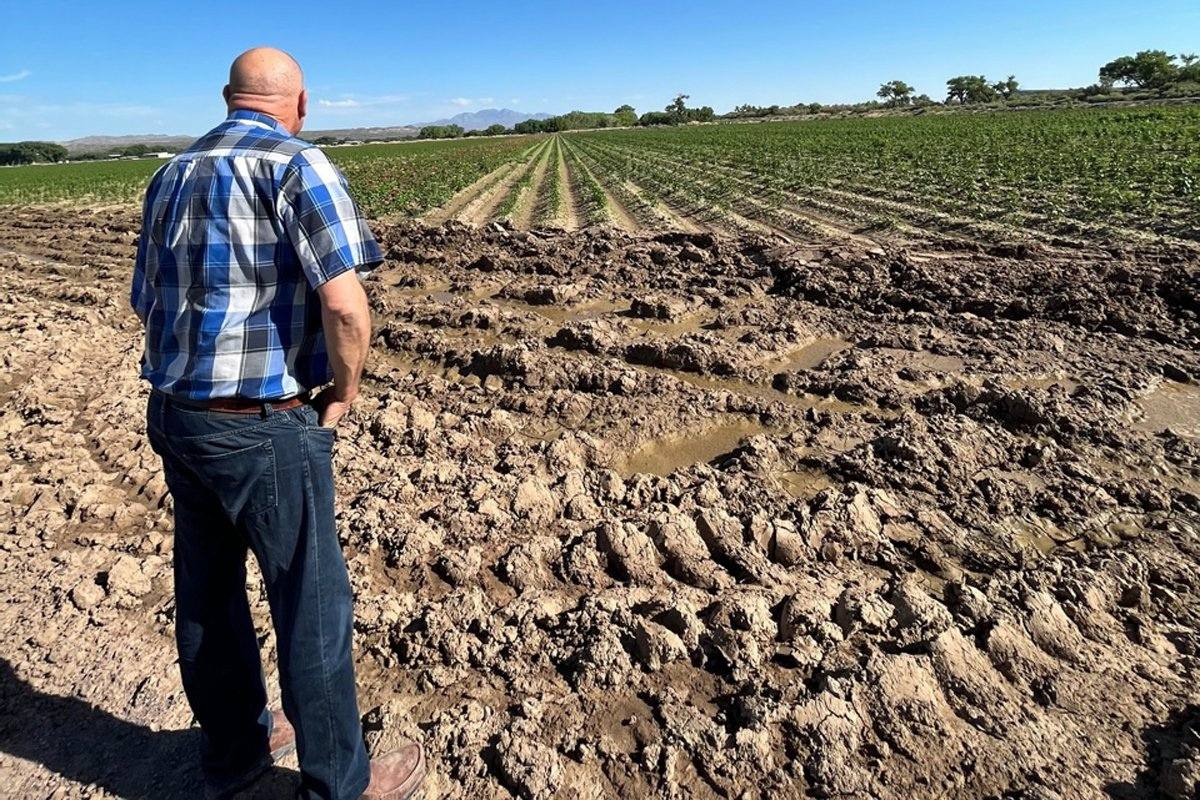
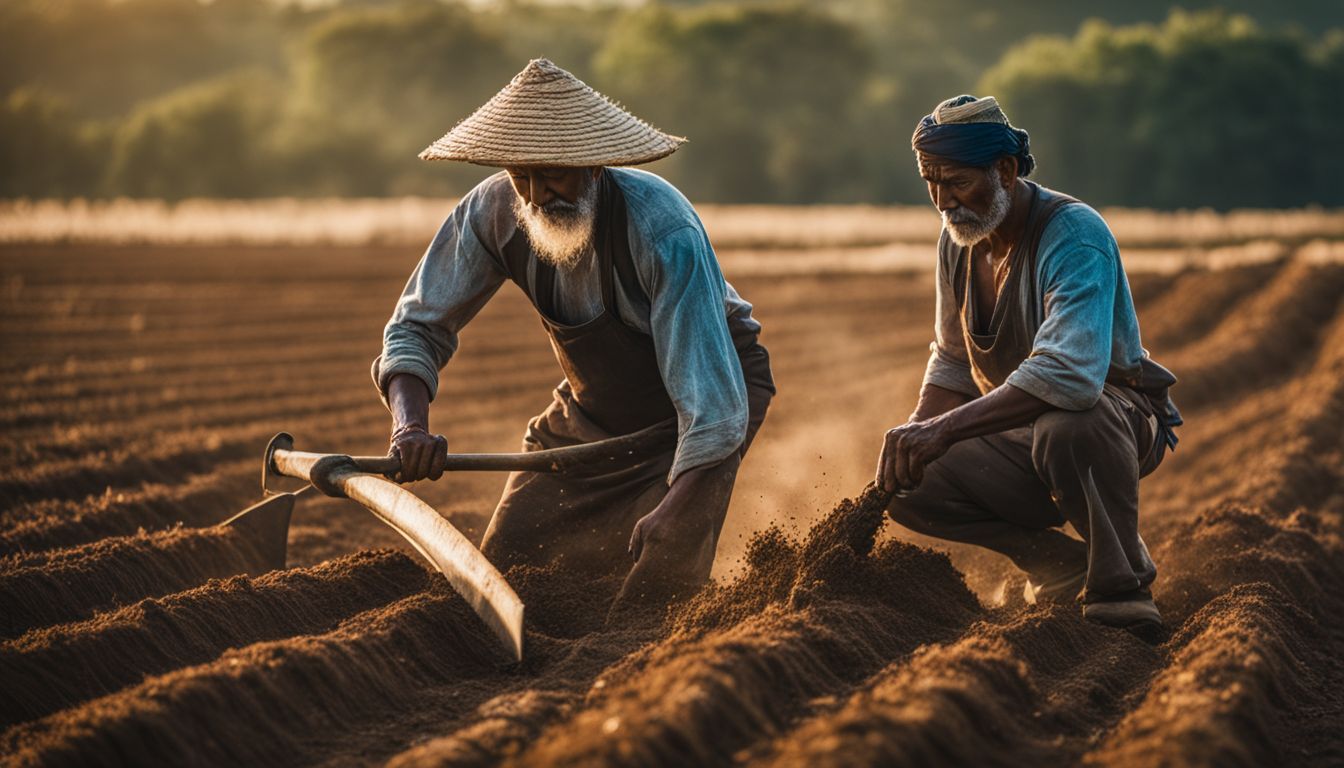
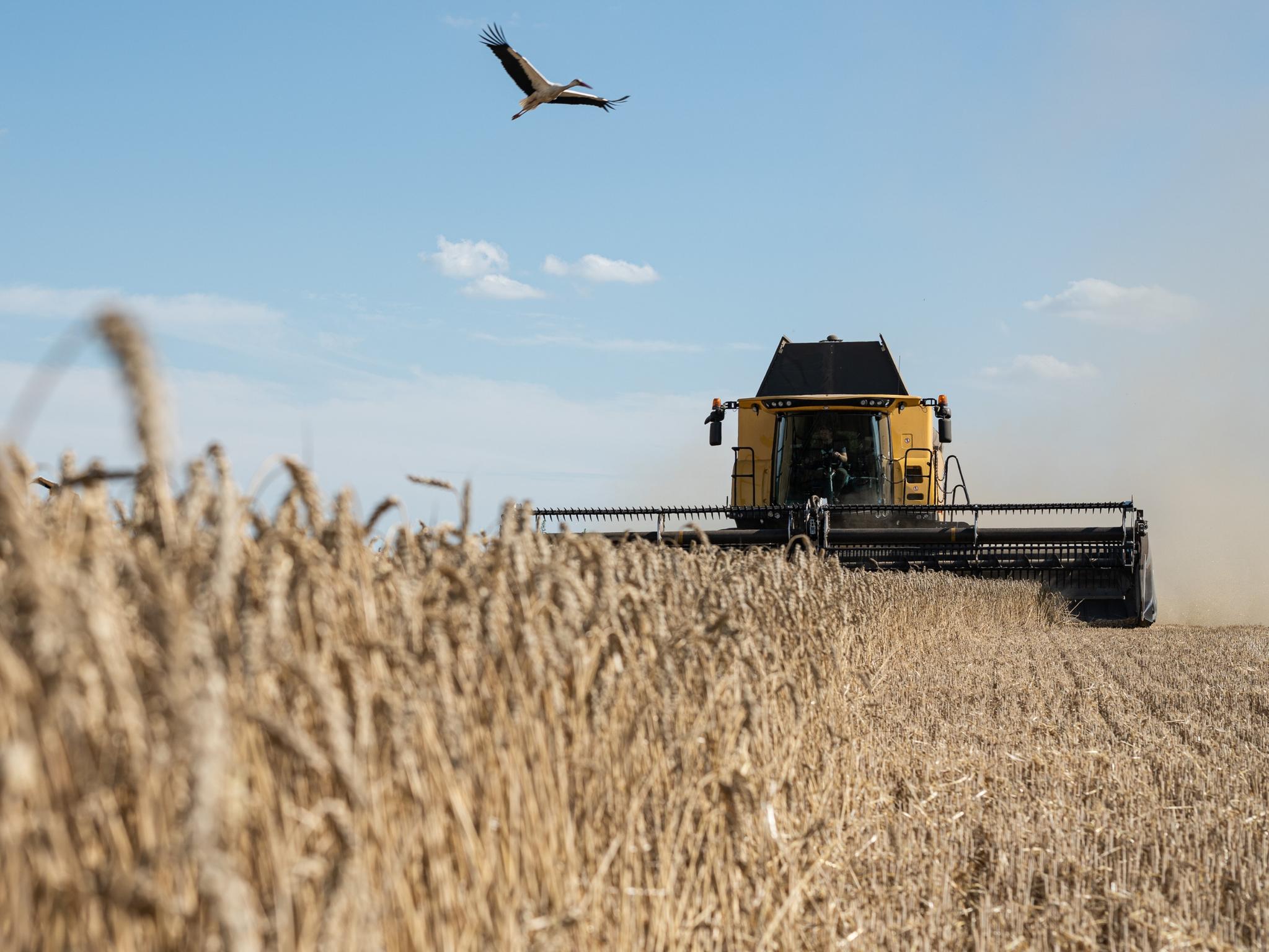
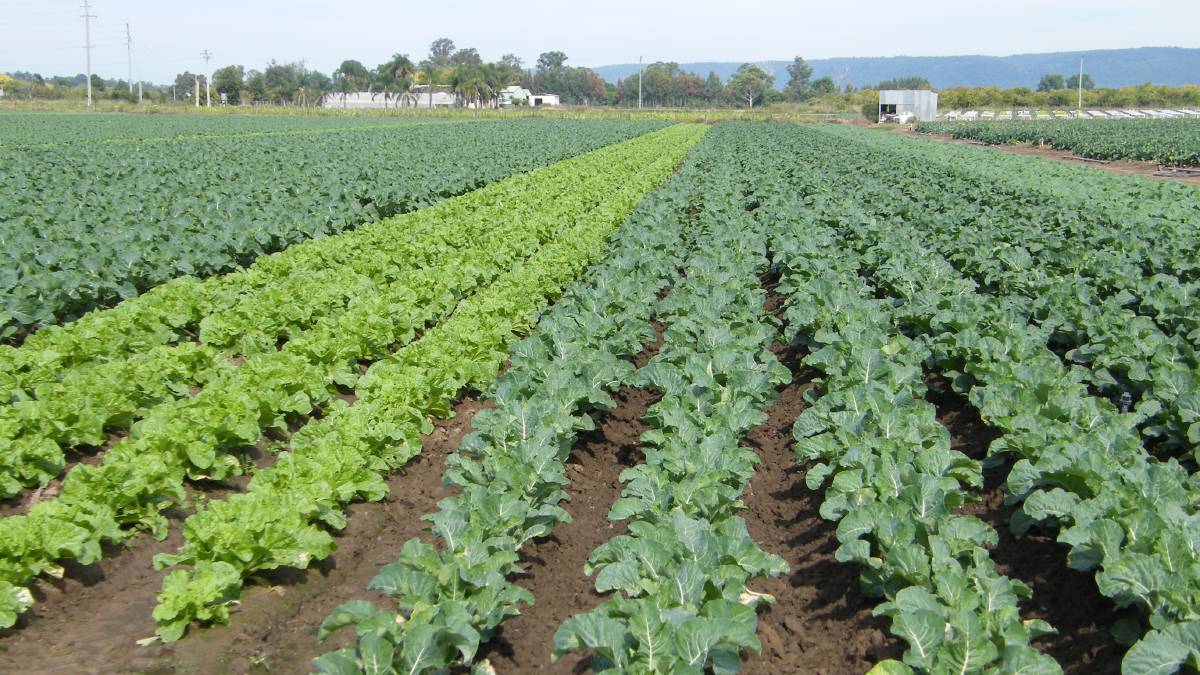
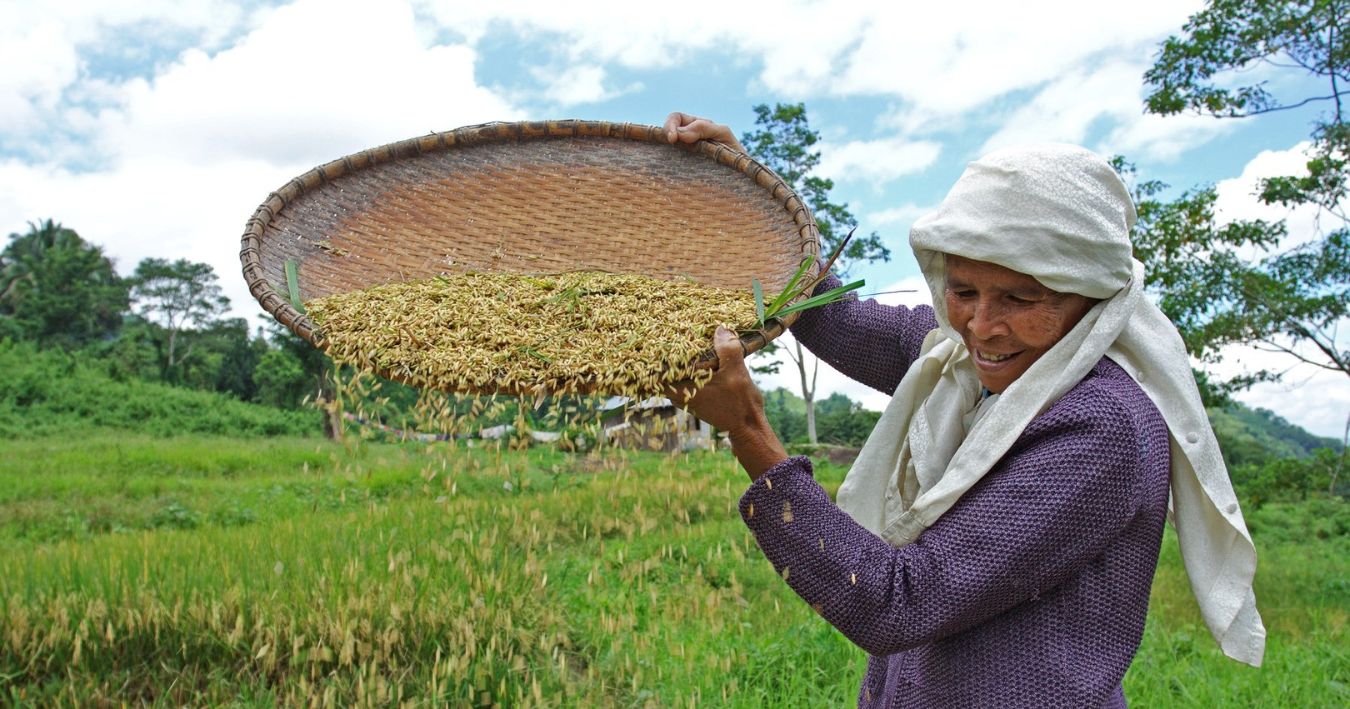


0 thoughts on “When Did George Washington Carver Invented Crop Rotation”